Traditional Log Cabin vs Modern Prefabrication Cabin Building Techniques
Cabin construction has evolved significantly over the years, with traditional log cabins remaining a symbol of rustic charm while modern prefabrication methods offer efficiency and sustainability. Each approach has unique benefits and drawbacks, making it essential to understand their differences before deciding on a construction method. This article explores the techniques, costs, durability, and environmental impact of traditional log cabins and modern prefabricated cabins, helping you choose the right option for your needs.
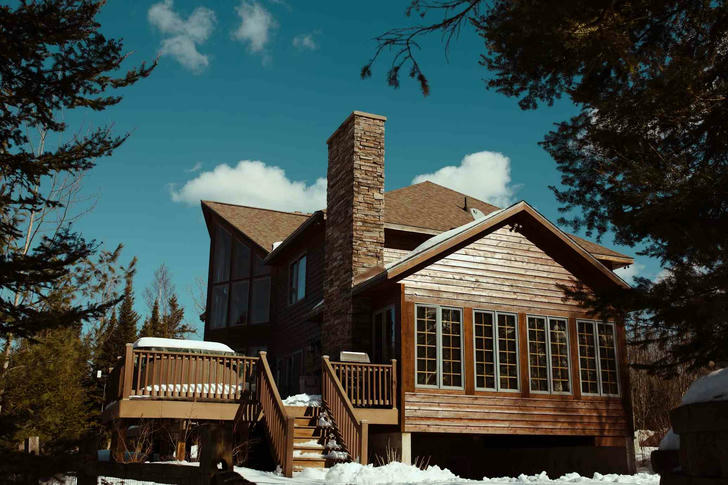
1.Traditional Log Cabin Construction
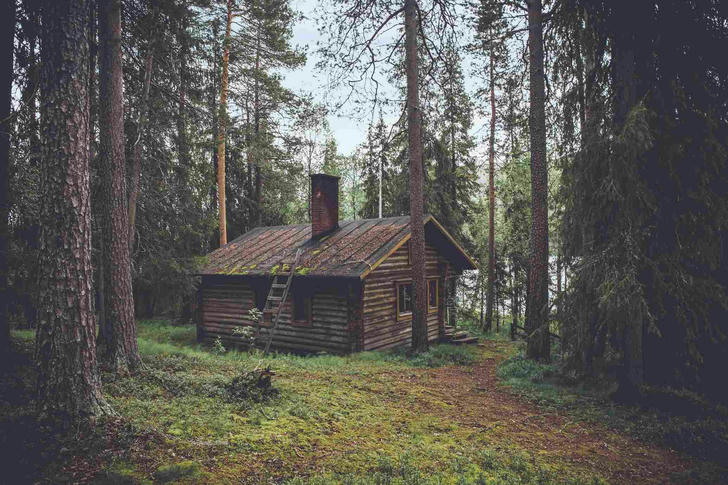
Historical Significance and Construction Method Traditional log cabins have been built for centuries, especially in North America and Scandinavia. They are constructed using whole or hewn logs stacked and interlocked at the corners, often with notches to create structural stability. The logs are secured using techniques like saddle-notching, dovetail joints, or chinking (a mortar-like material filling gaps between logs). Historically, settlers built log cabins using locally available materials, making them cost-effective and durable in remote areas.
Advantages of Traditional Log Cabins One of the most notable advantages of traditional log cabins is their aesthetic appeal. The natural wood finish and rustic charm make them highly desirable for people looking for a traditional retreat. They are also extremely durable. With proper maintenance, log cabins can last over 100 years. A good example is the C.A. Nothnagle Log House in New Jersey, built in the 1600s, which remains intact today.
Another advantage is their insulation and energy efficiency. Logs act as natural insulators, storing heat during the day and releasing it at night, making them highly energy-efficient in colder climates. Additionally, when sourced from responsibly managed forests, log construction can be an environmentally friendly choice.
Challenges of Traditional Log Cabins Despite their advantages, traditional log cabins come with several challenges. The construction time can be long, taking anywhere from six months to over a year, depending on the size and complexity of the design. Maintenance is another issue, as logs require regular sealing and protection from moisture, pests, and UV exposure.
Settling and shrinking of logs over time can lead to structural adjustments, requiring homeowners to periodically check and fix gaps that may develop. Additionally, the labor costs for skilled craftsmanship in log cabin construction can be higher than other building methods.
The cost of a well-built log cabin typically ranges between $150–$250 per square foot, meaning that a 1,000-square-foot traditional log cabin could cost between $150,000–$250,000.
2. Modern Prefabricated Cabins
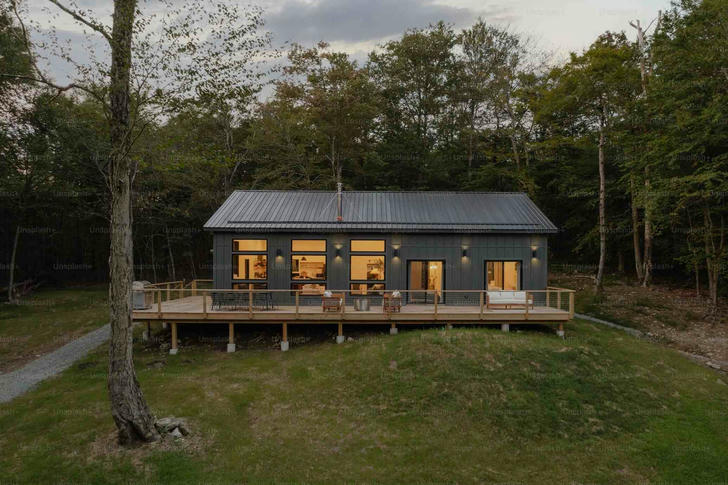
Construction Method and Efficiency Prefabricated (or prefab) cabins are manufactured off-site in a factory and transported in sections for assembly. There are different types of prefab cabins, including modular, panelized, and kit cabins. Modular cabins are built in sections and assembled on-site, panelized cabins consist of pre-cut walls and roof panels, and kit cabins include pre-cut materials with assembly instructions.
These cabins are typically constructed using modern materials such as Structural Insulated Panels (SIPs) or engineered wood, which provide high energy efficiency and reduce waste during construction.
Advantages of Prefabricated Cabins Prefabricated cabins offer several benefits over traditional log cabins. First, they have a much shorter construction time, often taking only two to eight weeks for complete assembly. The controlled factory environment reduces material waste and labor costs, making prefab cabins more affordable, typically costing between $100–$200 per square foot.
These cabins are also more energy-efficient due to advanced insulation materials and eco-friendly construction techniques. They provide customization options and scalability, as homeowners can choose from a variety of designs and add additional modules later. Furthermore, prefabrication minimizes site work, reducing environmental impact and logistical challenges.
Challenges of Prefabricated Cabins Despite these advantages, prefab cabins have some limitations. They often offer less customization than traditional log cabins, as most designs are standardized. Transportation of large prefab sections can increase costs, and in some cases, specialized cranes are required for assembly.
Additionally, prefab cabins may require specific foundation types, adding to initial costs. Some homeowners also prefer the authentic feel of a log cabin over the modern look of a prefab structure.
A 1,000-square-foot prefab cabin typically costs between $100,000–$200,000, making it a more budget-friendly alternative to traditional log cabins.
3. Comparing Traditional Log Cabins & Prefab Cabins
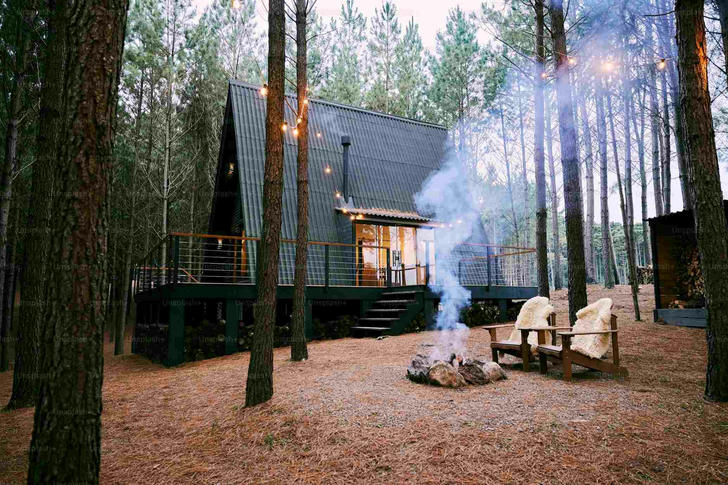
When comparing traditional log cabins and prefabricated cabins, several factors must be considered:
Construction Time: Traditional log cabins take between six months to a year to complete, while prefab cabins can be assembled in as little as two to eight weeks. Cost: Traditional log cabins generally cost between $150–$250 per square foot, whereas prefab cabins range from $100–$200 per square foot. Energy Efficiency: Prefab cabins tend to be more energy-efficient due to the use of advanced insulation materials, while traditional log cabins rely on natural insulation from logs. Customization: Traditional log cabins allow for a high degree of customization in design and materials, while prefab cabins have more standardized designs. Durability: With proper maintenance, traditional log cabins can last over 100 years, whereas prefab cabins have a lifespan of approximately 50+ years. Maintenance: Log cabins require regular upkeep, such as sealing and pest control, whereas prefab cabins use factory-treated materials that require less maintenance. Environmental Impact: Prefabricated cabins generate less construction waste due to factory efficiency, while traditional log cabins can be sustainable if the wood is responsibly sourced.
4. Case Study: Comparing Two Cabin Projects
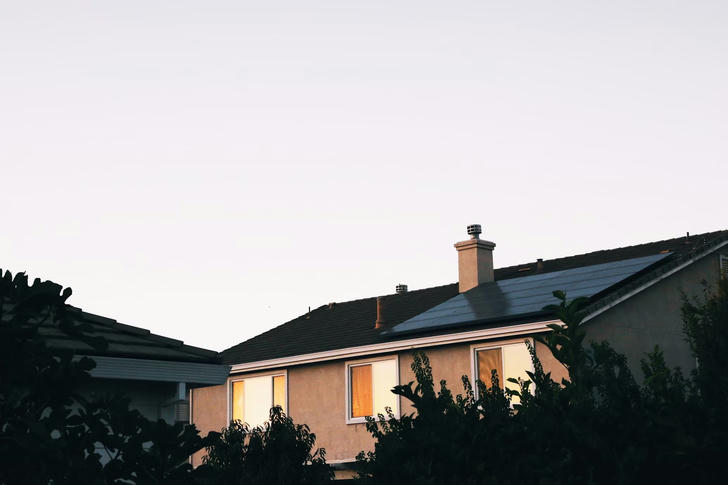
Traditional Log Cabin in Montana A couple in Montana built a 1,200-square-foot log cabin using locally sourced timber. The construction process took 14 months, mainly due to handcrafting and the natural settling of logs. The total cost was $280,000. While they valued the rustic charm and longevity of their cabin, they needed to apply protective sealant every five years and regularly inspect for log settling and insect infestations.
Prefab Cabin in Colorado In contrast, a family in Colorado chose a modular prefab cabin of the same size. The cabin was factory-built and assembled on-site in eight weeks, costing $180,000. The home featured SIP panels, energy-efficient windows, and a solar power system. The family reported lower heating costs due to superior insulation and appreciated the hassle-free construction process.
5. Choosing the Right Cabin for You
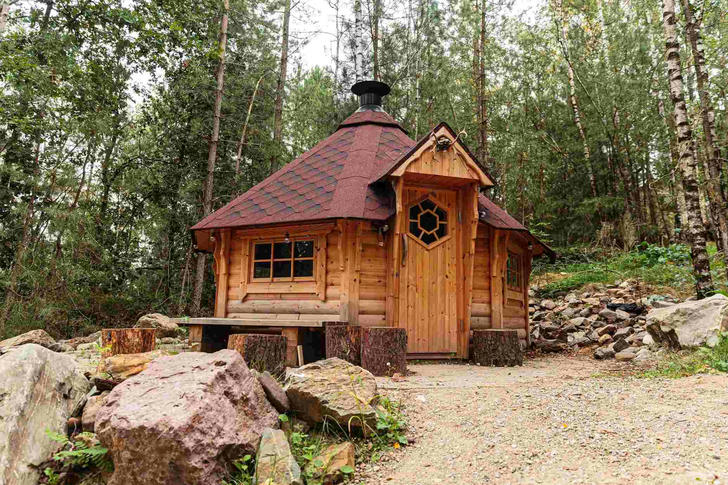
Deciding between a traditional log cabin and a modern prefab cabin depends on priorities:
For those seeking authenticity, craftsmanship, and longevity, a log cabin is the best choice.
For those prioritizing efficiency, affordability, and sustainability, a prefab cabin is the ideal option.
Conclusion
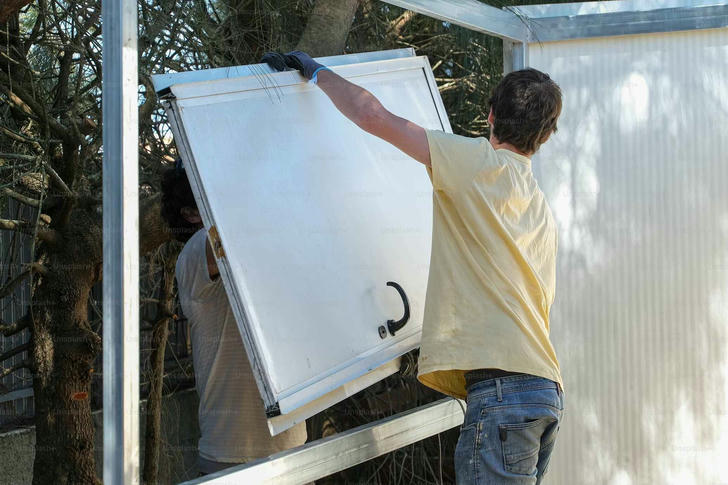
Both traditional log cabins and modern prefabricated cabins have unique advantages. While log cabins offer timeless beauty and craftsmanship, they require more maintenance and a longer build time. Prefab cabins provide cost-effective, energy-efficient, and quick solutions, appealing to modern homeowners. Understanding the differences allows you to make an informed decision that aligns with your budget, timeline, and lifestyle needs.
